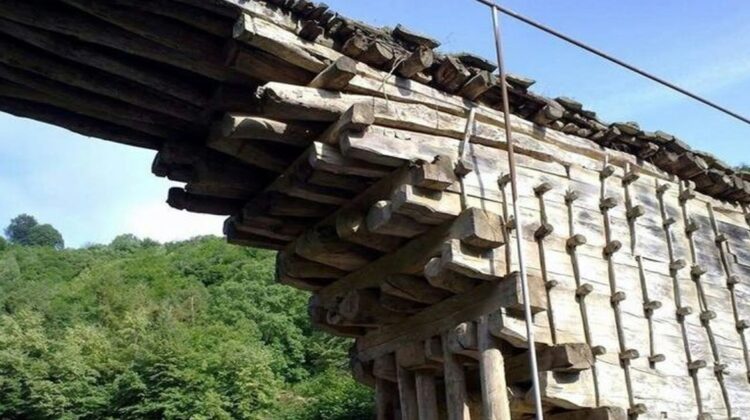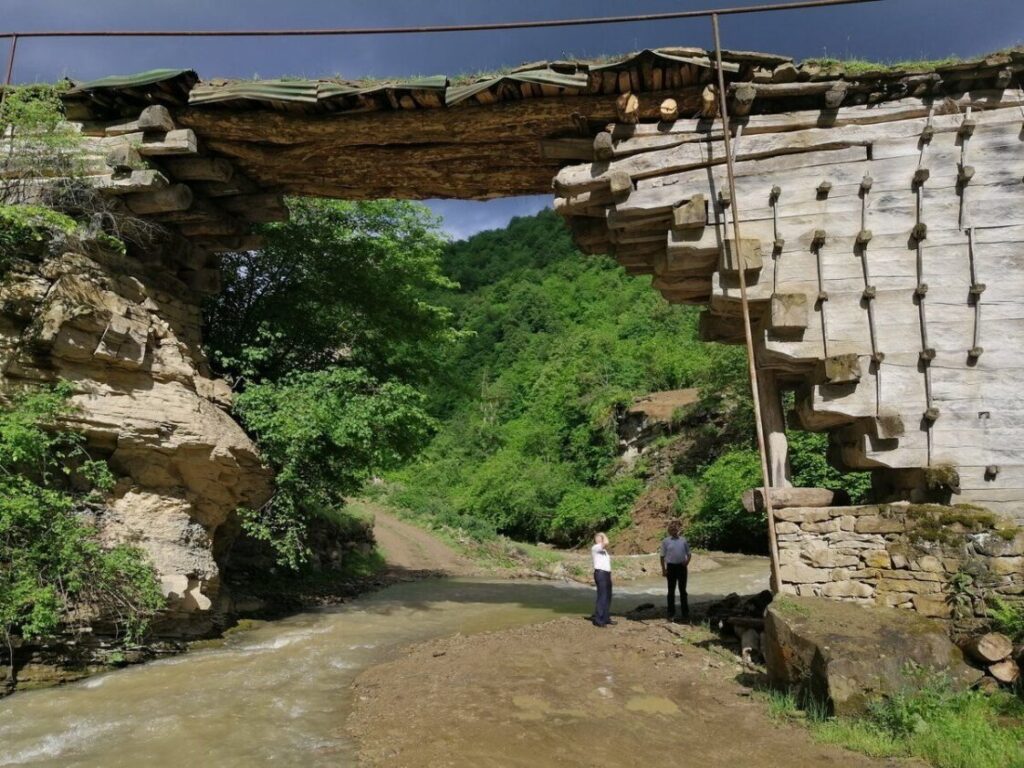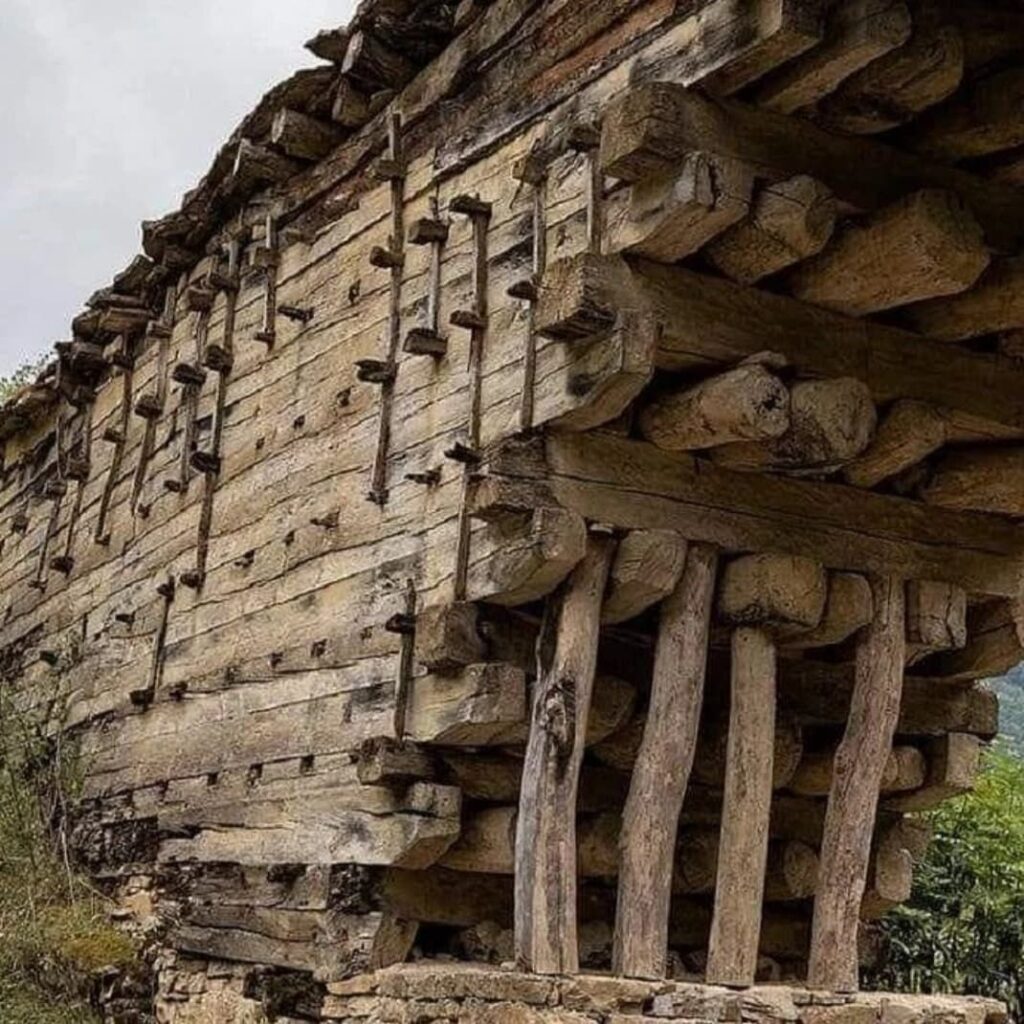
In a world where modern engineering and construction rely heavily on advanced technology and materials, it’s impressive to think that an ancient wooden bridge in Dagestan has withstood the test of time without a single nail. The bridge, located near the village of Gulli in the Tabasaran region of Dagestan, is not only a historical monument but also an architectural masterpiece.

Despite the skepticism surrounding the age of the bridge, many locals claim that the structure has been standing there for over 700-800 years. It’s said that the bridge was built using only wood and stone, which were the only materials available to the Tabasaran people at the time. The absence of nails in the bridge’s construction is a testament to the skill and ingenuity of the builders who created it.

The design of the bridge is grandiose and impressive, standing at a height of 10 meters. Thick wooden beams and logs were used to construct the bridge, and the absence of nails meant that the builders had to rely on the interlocking of wooden joints to hold the structure together. The bridge has proved to be incredibly reliable, with locals recalling that bulls pulling heavy carts used to regularly cross it without issue.

The Tabasaran people, who built the bridge, were known for their expertise in crafts, cattle breeding, and gardening. With half of the Tabasaransky district in Southern Dagestan covered in forests, the architects who built the wooden bridge had no shortage of building materials to work with.
Despite the bridge’s impressive construction, there is still some mystery surrounding its history. While some researchers believe that the Tabasaran name has Iranian origins, others speculate that the Tabasarans were a separate people who originated in the ancient empire of Caucasian Albania.

Regardless of its origins, the wooden bridge near Gulli serves as a reminder of the skill and resourcefulness of the people who built it. It’s not only a testament to the builders’ engineering skills but also a symbol of the resilience and durability of wood as a building material.

The absence of nails in the bridge’s construction is a testament to the ingenuity of the builders, who were able to create a reliable structure using only the materials available to them. The bridge is an example of how ancient knowledge and skills can still be relevant today, and a reminder that technology isn’t always necessary to create something that can withstand the test of time.



Leave a Reply